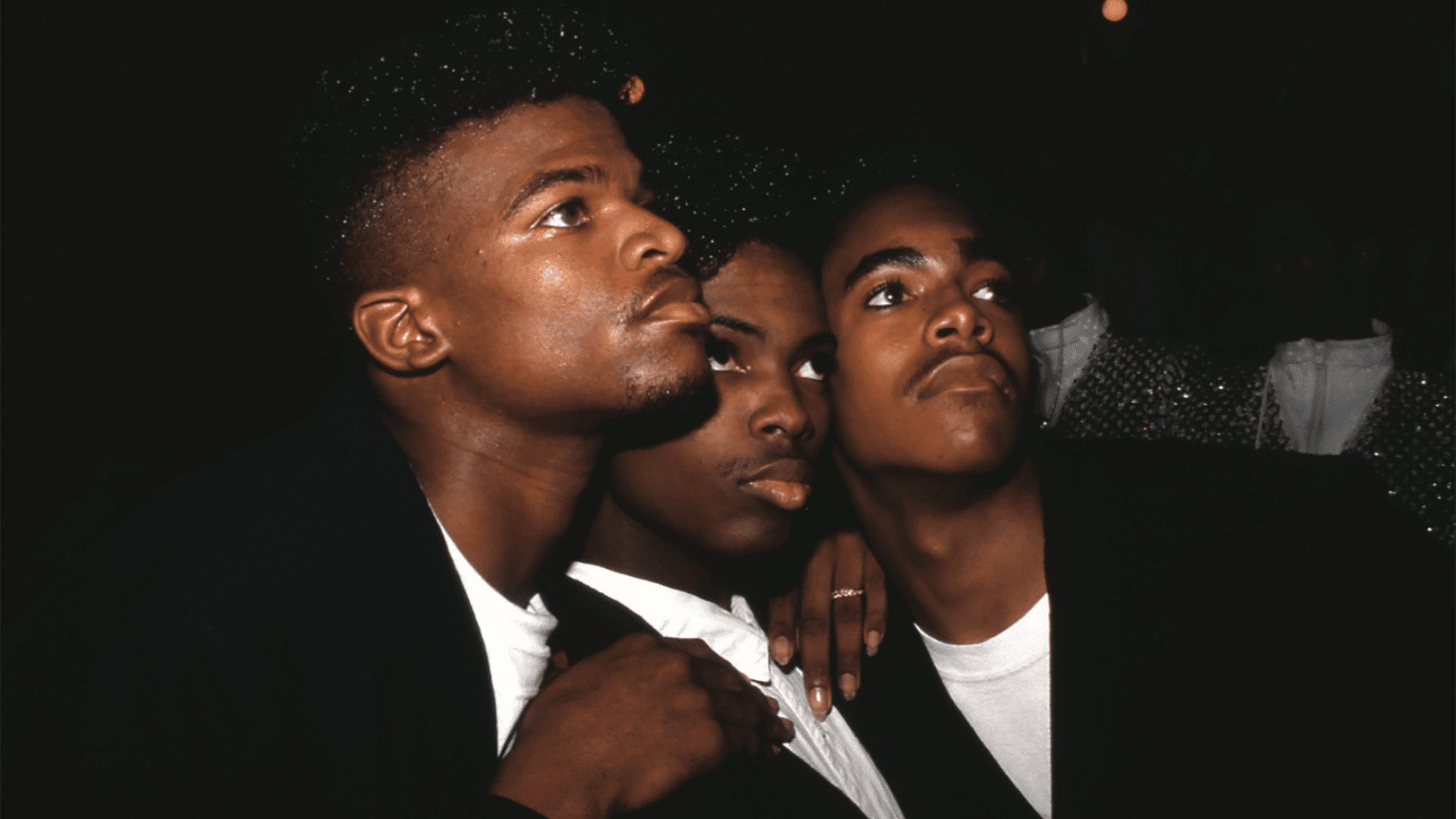Organized around the work of four different photographers, the exhibition (Un)hidden, on view now at the Dominique Fiat gallery in Paris, provides a glimpse of various forms of resistance.

You’re getting blind.
Don’t miss the best of visual arts. Subscribe for $9 per month or $108 $90 per year.
Already suscribed ?


